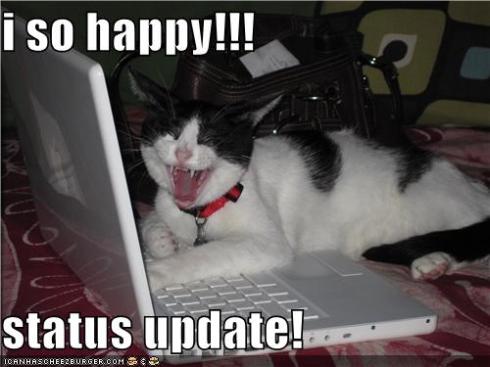Most of us in advertising belong either to Generation Y (born between mid-seventies and mid-nineties, characterised by a sense of presumed self-importance) or Generation X (born between mid-seventies and sixties, those are the ones drinking to avoid going home), and we’re generally aware of our own generations’ needs and habits. However, as Baby Boomers (born before mid-sixties) approach retirement and Generation Z (born later than mid-nineties) start having disposable incomes of their own, it’s worth looking at what these groups are really like, as their views and lifestyles aren’t like ours – or how we’d expect them to be.
Baby Boomers
For the first time, the under 16s are outnumbered by pensioners, as the Baby Boom Generation are reaching retirement. These Baby Boomers are, despite their old age, maintaining their place as the dominant economic force in consumer UK, as argued by ‘two brains’ Willets in his book The Pinch. They hold more than 80 per cent of the nation’s £6.7trn in wealth, they have been the main beneficiaries of the property boom, and have comparatively decent pensions.
Despite youth culture dominating society, the old are the ones who can afford to live like youngsters, with young people paying for expensive mortgages, university fees, and their parents’ pensions. Our language is infused with terms that capture the enduring youth of older generations – kidulthood, menoporsche, grandboomer, middleyouth – and our technology uptake is now driven by older gadget lovers. In addition, Baby Boomers increasingly opt for partial retirement, slowing the transition from work to full time gardening. When retired, their main priorities are their hobbies, holiday homes, and their financial future – often achieved through “skiing” (an abbreviation for spending the kids’ inheritance). In recent years, we’ve increasingly seen the entertainment industry and popular culture responding to their needs, with the Dome full of bands from the Baby Boomers’ youth, and films like The Best Exotic Marigold Hotel getting mass audiences in cinemas
Though outnumbered by Baby Boomers, there is a new generation – Generation Z – that is starting to experience the joys of disposable income for the first time. However, unlike Boomers, they appear to have a very conservative set of hopes for the future. A ‘Generations apart’ series for Radio 4 recently conducted interviews with older members of Generation Z and found that the main hopes of those interviewed were for decent work, stable housing, and a contented family life.
This generation has grown up during mass unemployment, economic uncertainty and fear of terrorism, and many argue that this experience has conditioned this generation into rejecting the radicalism of previous generations and focusing instead on working hard to get the basic things in life. As a result, they are becoming servants to convention – less liberal, less experimental and not creating rebellious niche sub-cultures that their parents used to belong to. We might see advertising targeted at the youth moving to focus more on values such as safety, security, stability, and ‘normality’.
The way this messaging is delivered will undoubtedly change as well. Generation Z have grown with a multi-screen, digitally connected world being the norm. This will impact how advertisers try to reach this new group, with joined up digital messaging increasingly becoming commonplace.
In addition, towns are divided up by age (into old, middle-aged and young areas) more than ever before. For instance, town centres now have no bingo halls, but an abundance of wine bars. Consequently, outdoor advertising could soon be more effective at targeting youth (as well as other age groups).
Even though the generation is less radical, it will have some high expectations, having grown up during the democratisation of luxury; to them, a posh hand bag is a statement that should be afforded by anyone, not just the rich. They’ve also spent much of their youth receiving content and entertainment for free, adding to their heightened and hard-to-meet expectations.





